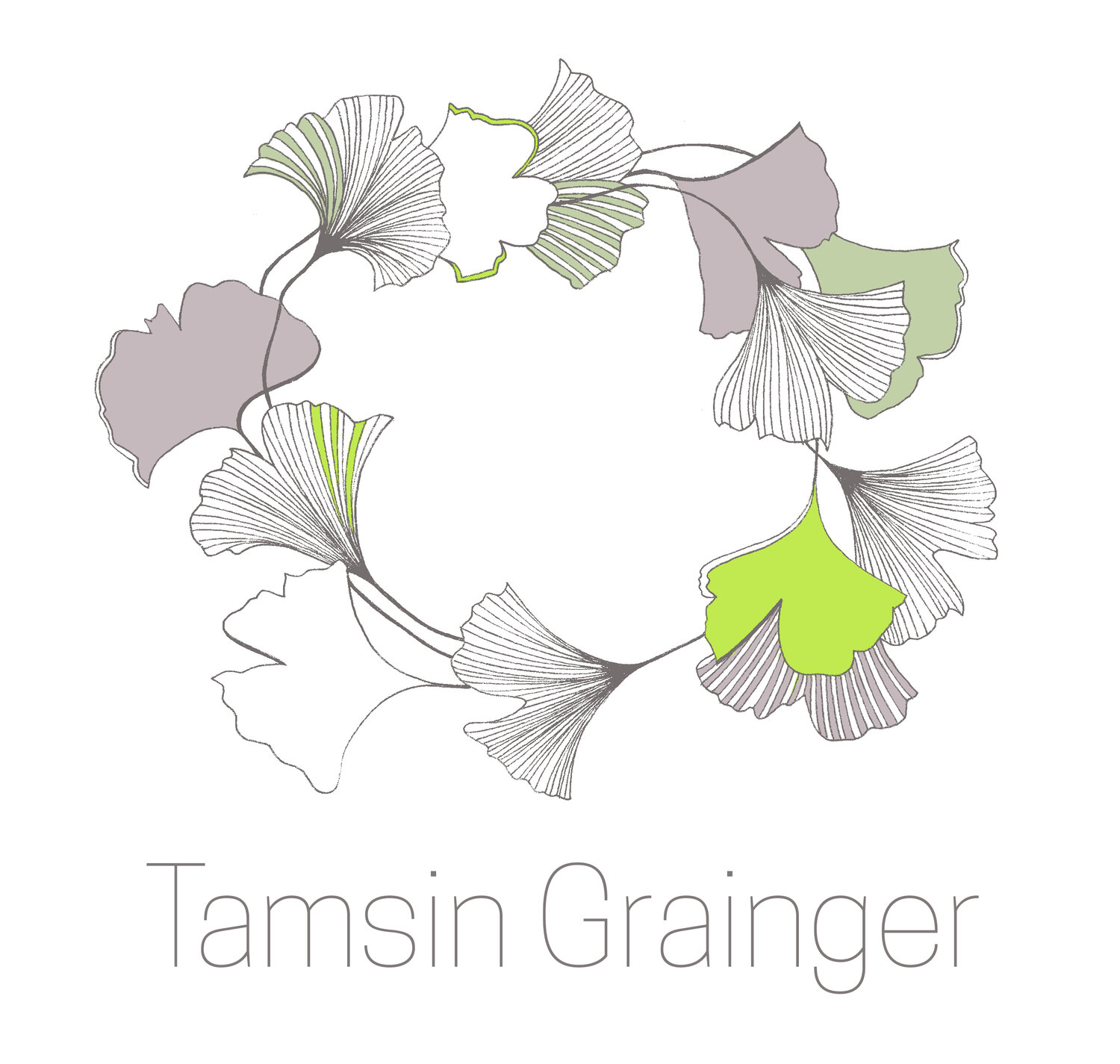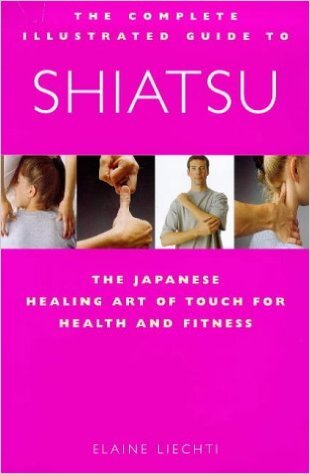Acupuncture has a clearly recorded Asian history of 2 thousand years though some claim 4 or 5 thousand. Chinese think it began during the stone age when stone knives or sharp edged tools were used to puncture or drain abcesses to treat disease.One of the first recorded attempts at conceptualising and treating disease was in 1500 BC during the Shang dynasty. Tortoise shells with inscriptions dating from then were found and used for divination in the art of healing.
Yin-Yang symbol
The philosophical basis seems to have been “to seek harmony between the living and their dead ancestors and the good and evil spirits that inhabited the earth”. The oldest book now available is the Huang Di Nei Jing - The Yellow Emperor’s Classic of Internal Medicine, maybe dated around 800 BC-200 BC. Some scholars think the Nei Jing was published in 265 BC, others think it was written 2500 years before. It is a compendium of medical theory and practice which refers to what was practiced where, according to geographical factors.
Acupuncture, moxibustion (the practice of using mugwort, a herb, to give heat to the acupressure points) and massage, for example, were practiced more in the north, whereas herbal medicine was more popular in the south, where the herbs grew in abundance. It also discusses medicine of the 28 substances and 12 prescriptions, which are practiced now in the 21st century. The book has been attributed to the Yellow Emperor, who is thought to have died in 2598 BC; or to a mythical character whose age/royal status would provide credence to such a work. By 265 BC the transition from shamanistic medicine to one based on theory and an accumulated body of knowledge was almost complete. It was in 220 AD that national and provincial government medical services were established which lead to a hierarchy of prescribing physicians which then resulted in pharmacists being appointed.During the Chin Dynasty (265 AD-420 AD) the Imperial University was established and medicine was part of the curriculum. In approximately 500 AD, The Divine Husbandman’s Classic of the Materia Medica was published containing the first references to ‘Properties’ of herbs and first classification systems. During the Warring States period, two main ideologies became part of mainstream Chinese thought - Taoism and Confucianism.
Confucianism
In this approach there is a clear division between prince and pauper. The Emperor is a God and society basically works on a feudal and totalitarian system of government. People were opposed to the development of anatomy and to surgery, regarding the whole body as sacred and believing that it should remain complete (that when we die we should present ourselves to our ancestors ‘as a whole’). This is one reason why acupuncture and related methods developed, as a logical answer for curing internal disease by external means (without even knowing what was inside the body!).
Taoism
Chinese landscape painting
The Tao means ‘The Way’ and is an explanation of how the universe began, how forces at work in the universe interplay, and how people can harmonise with nature by following the Tao. It is a system of beliefs and behaviours mirrored by the processes of nature. The Tao Te Ching by Lao Tsu in 6th century BC and before was most influential, and it emanated from shamanism. Like Buddhism and Hinduism, Taoism regards the universe as one inter-connected reality of which we are a part.It is said that if you follow the Tao correctly you will realise your potential to interact harmoniously with creation. Lao Tse said that we cannot change nature, not by good or bad deeds, instead we need acceptance and surrender to the way of nature. It is about going with the flow. “Like water overcomes with softness”. Vital energy has a tendency towards equilibrium, a harmonious balance throughout the universe. Initially it was an independent theory, but developed to cover all aspects of culture - art, politics, etc.. The Tao begets the One, The One begets the Two: Yin/Yang. It all acts in our world through ki, they believed.In the 6th century AD, Chinese Medicine and Buddhism started to be found in Japan; and the flowering of Oriental Medicine in that country was around 17th and 18th centuries.
Anma or Anmo
Shiatsu by Elaine Liechti
This a massage for the internal organs, improving muscle condition and circulation of ki. It is not Shiatsu, rather Shiatsu is part of Anma. It wasn’t until 1964 that Shiatsu was recognised as distinct from Anma. Originally a Shiatsu therapist was a specialist who performed one technique of Anma, the presssure method (Ap Paku Ho). It was blind practitioners who were especially connected with the practice of Anma, often travelling round from place to place giving relief as they went. It is currently practised in Japan, China and Korea although much of the medical aspects are now lost. It is more a combination of rubbing and pressing for relaxation.Early textbooks on Anma are rare but those available do incorporate breathing exercises, and movement such a chi gung and T‘ai Chi.
There was a revival of interest in Shiatsu in the 20th century when a book entitled “Shiatsu - Tamai Tempaku” was published. It incorporated Amna, acupuncture, Do-In, Ampuku (Hara massage) with Western anatomy, physiology and massage.
Later three distinct types of Shiatsu developed: Serizawa’s Tsubo Therapy; Namikoshi’s physically orientated therapy; and Masunaga’s Zen Shiatsu. It was Masunaga who trained Pauline Sasaki who was Elaine Liechti’s mentor, who in turn trained me.
For more details about these three styles please see E. Liechti’s book “The Complete Illustrated Guide to Shiatsu”.Sources: www.medboo.com; The Big Book of Chi by Paul Wildish; other websites; Complete Illustrated Guide to Shaistu, E. Liechti.




